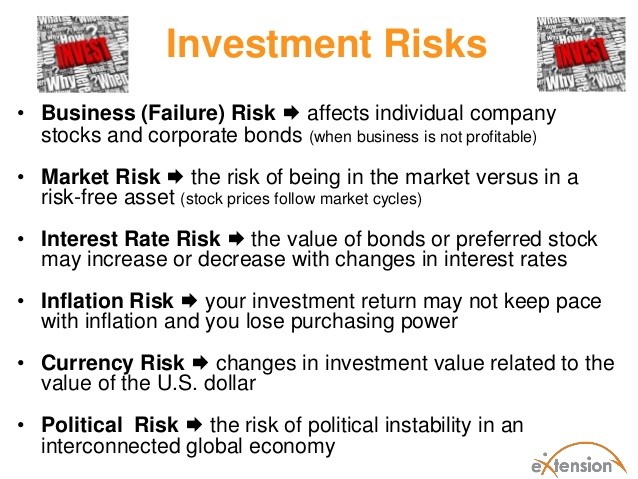Bonds (Basic Concepts Of) in the Stock Market
Post on: 21 Апрель, 2015 No Comment

Erik Dreyer/ The image Bank/ Getty Images
Every stock investor should know about bonds. Bonds are the other side of the investing coin that may help keep your portfolio afloat in troubled times.
A bond is an IOU issued by a corporation, government, or governmental agency to cover money the bondholder has lent. If you own stock in a company, you are a part owner of the company. As a bondholder, you are a creditor.
Although less exciting than stocks, bonds play a critical role in our economy and an important role in every well-balanced portfolio.
Returns from bonds are generally lower than stocks; however, they’re a much safer investment. Bonds’ safety and stability act as a counter to the fluctuations common to stocks.
Most investors should have a mix of stocks and bonds in their portfolio. The more risk you are able and willing to take the higher percentage of stocks in your portfolio. The more conservative investor will want a higher percentage of bonds. Look at my article on the basics of asset allocation .
Who Issues Bonds?
Corporations issue bonds as a way to borrow large sums of money. Companies have two basic ways to raise money for expansion, acquisitions, or other uses. They can issue stock or borrow the money.
Corporate bonds usually come in $1,000 denominations and have maturities ranging up to 40 years, but are usually shorter.
Governments and governmental agencies also use bonds to raise money. U.S. Treasury Bonds are the most secure investments in the world because the U.S. Government backs them with its full faith and credit.
U.S. Treasury issues come in several maturities and denominations. Other U.S. agencies issue bonds to fund such things as mortgages and other government programs.
Municipal governments also issue bonds, which they often use to build roads or perform other infrastructure projects.
Basic Bond Concepts
There are four basic concepts that will help you understand bonds:
- Par value — Par value, also known a face or principal value, is how much the bondholder will receive at maturity. A $1,000 par value bond will be worth $1,000 when it matures.
- Coupon — Coupon is the interest rate the bond pays. It is called the coupon rate because bonds once came with a book of coupons, which the holder had to clip and send in to receive an interest payment. Bond investors are still referred to sometimes as coupon clippers. This interest rate does not vary over the life of the bond, although there are some bonds, which have a variable interest rate tied to an external index.
- Maturity — Maturity refers to the length of time before the par value is returned to the bondholder. It may be as short as a few months, 50 years, or more. At maturity, the bondholder receives the par value of the bond.
Understanding Yield
The term you will hear about bonds the most is their yield and it can be the most confusing. I broke this concept out separately because there are really three different types of yield to explain:
- Nominal Yield — This is the coupon or interest rate. Nothing else is factored in to this number. It is actually not very helpful.
- Current Yield — The current yield considers the current market price of the bond, which may be different from the par value and gives you a different return on that basis.
For example, if you bought a $1,000 par value bond with an annual coupon rate of 6% ($1,000 x 0.06 = $60) on the open market for $800, your yield would be 7.5% because you would still be earning the $60, but on $800 ($60 / $800 = 7.5%) instead of $1,000.














